Everything you need to know before Teaching - Teaching Guidance and Resources

Welcome! I'm here to help you excel in your teaching journey.
Empower Your Teaching with AI
What are some effective classroom management strategies for new teachers?
How can I create an inclusive learning environment for diverse students?
What are the latest trends in educational technology that I should be aware of?
Can you provide tips for engaging students in a lesson plan?
Get Embed Code
Overview of Everything You Need to Know Before Teaching
Designed as a comprehensive guide for individuals entering the teaching profession, 'Everything You Need to Know Before Teaching' offers insights and advice on various aspects of education. This tool provides an in-depth understanding of educational theories, classroom management, curriculum design, and teaching methods. It is crafted to assist both novice and experienced educators in creating effective and inclusive learning environments. For example, a new teacher struggling with lesson planning might use this tool to access step-by-step guides and templates for designing lessons that meet diverse student needs. Powered by ChatGPT-4o。

Core Functions and Practical Applications
Educational Theories and Approaches
Example
Detailed explanations of constructivism, behaviorism, or Bloom's Taxonomy.
Scenario
A middle school science teacher uses insights on constructivism to create a hands-on lab activity, fostering a learning environment where students build knowledge through experience.
Classroom Management Strategies
Example
Techniques for creating positive classroom environments, managing disruptive behaviors, and establishing routines.
Scenario
A high school teacher implements a tiered system of supports based on classroom management advice to address varied behavioral challenges, improving student engagement and reducing disruptions.
Curriculum Design and Lesson Planning
Example
Guidance on aligning curriculum with educational standards, integrating cross-curricular themes, and adapting materials for diverse learners.
Scenario
An elementary teacher redesigns her curriculum to integrate math and science, using project-based learning models discussed in the tool to enhance student understanding and retention of complex concepts.
Assessment Techniques
Example
Methods for formative and summative assessments, including rubrics, student self-assessments, and digital tools.
Scenario
A language arts teacher uses formative assessment strategies to gauge student understanding of a new reading comprehension technique, allowing for timely adjustments and personalized feedback.
Professional Development and Lifelong Learning
Example
Resources and strategies for continuing education, attending workshops, and staying current with educational research.
Scenario
A music teacher attends a workshop on new educational technologies, applying learned techniques to incorporate digital tools into her teaching practice, based on recommendations from the tool.
Target User Groups
New Educators
Individuals who are new to the teaching profession and require foundational knowledge and skills. They benefit from comprehensive guidance on educational theories, classroom management, and effective teaching strategies to build confidence and competence in their new roles.
Experienced Educators
Veteran teachers looking to refresh their skills or update their methods according to the latest educational trends and technologies. They find value in advanced teaching strategies and professional development opportunities provided by the tool.
Educational Leaders
Principals, administrators, and curriculum developers who need to oversee educational programs and support teacher development. The tool offers them insights into effective school-wide strategies and innovations in education.
Special Education Professionals
Educators who work with students having diverse learning needs, including those with disabilities. They utilize the tool for specialized strategies in inclusivity and differentiated instruction that are crucial for their specific teaching contexts.

How to Use Everything You Need to Know Before Teaching
1
Visit yeschat.ai for a free trial without login, also no need for ChatGPT Plus.
2
Choose the specific educational topic you need guidance on, such as classroom management, curriculum design, or student engagement.
3
Input your teaching scenario or question into the provided text box to receive tailored advice and resources.
4
Explore the suggested strategies and resources, experimenting with different approaches to find what works best for your classroom.
5
Regularly revisit the tool to stay updated with new educational insights and to continuously improve your teaching methods.
Try other advanced and practical GPTs
Mark
Empowering Energy Decisions with AI

Black Hat Hacker GPT
Empowering cybersecurity with AI.

AI Detector
Refining AI Text with Human Touch
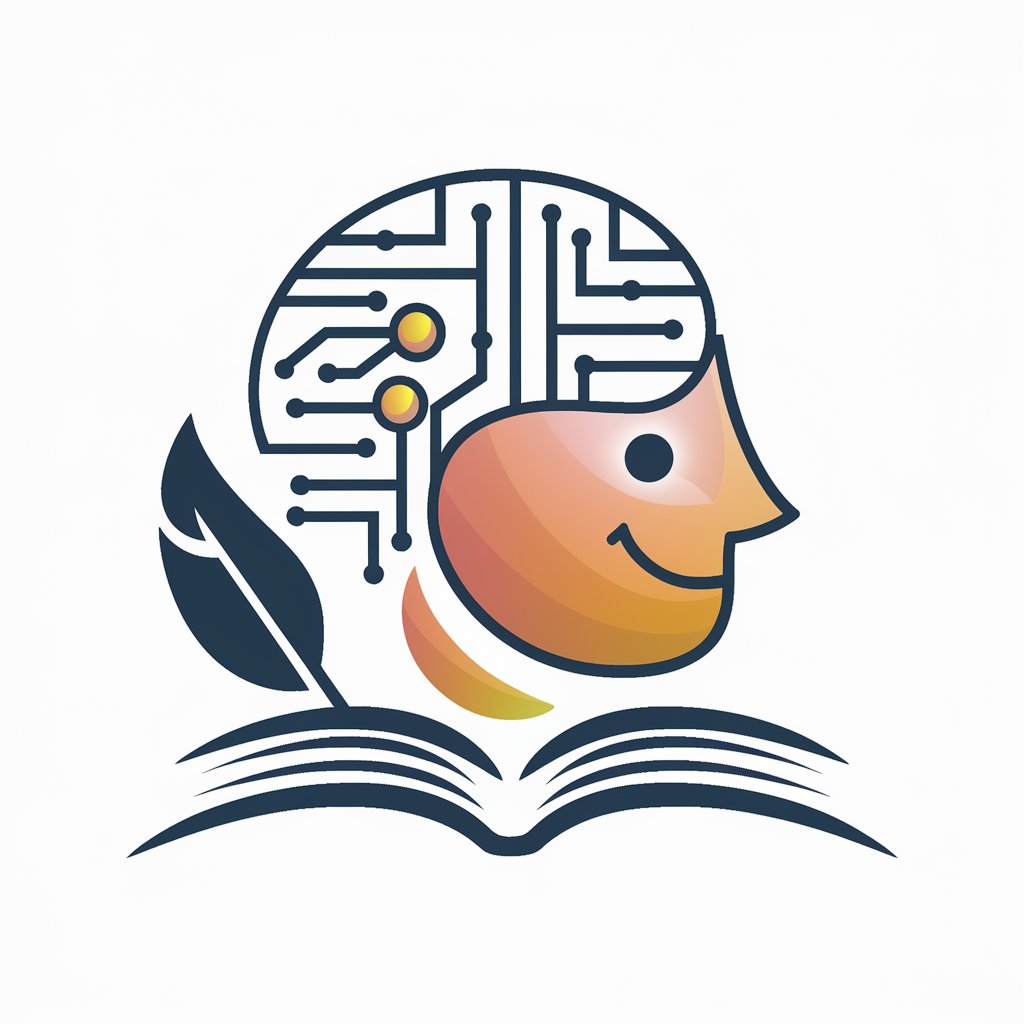
Meat Guru
Your AI-powered Meat Connoisseur
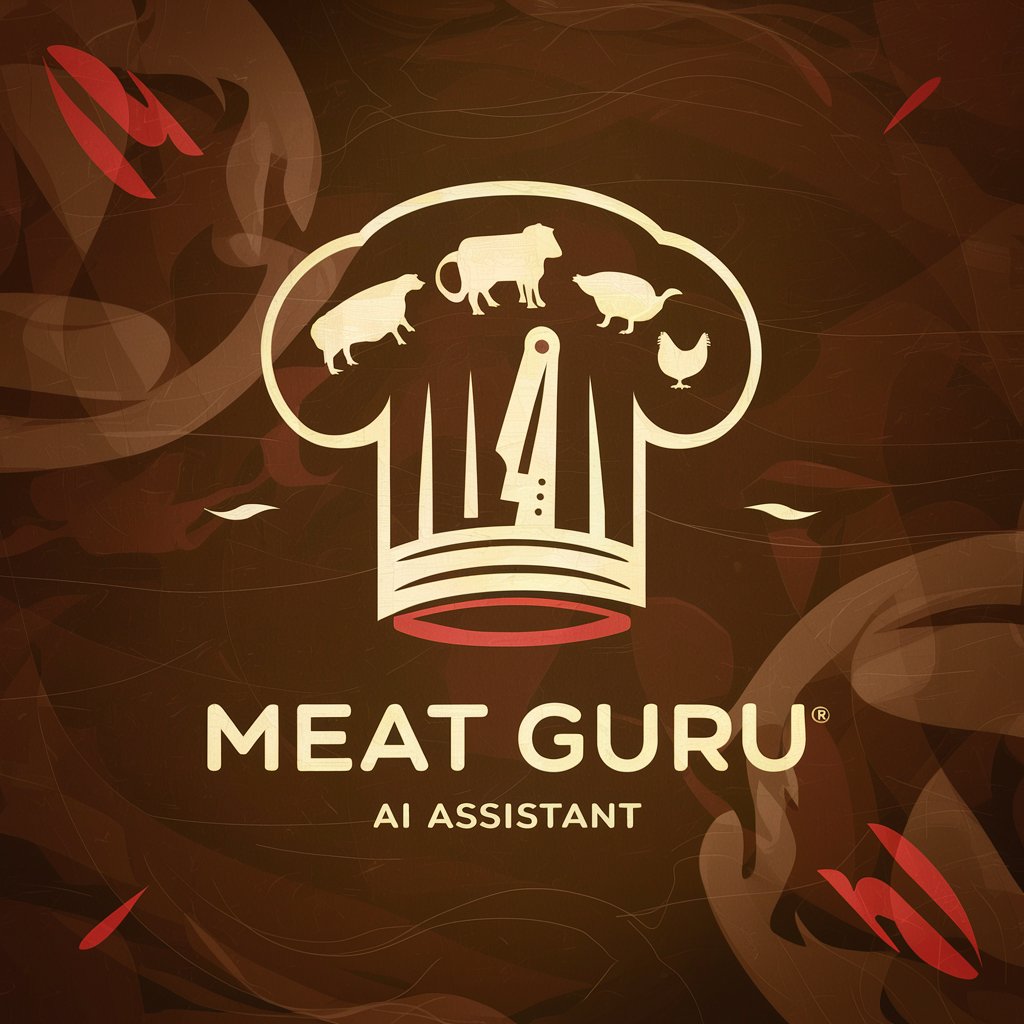
Help me find my wish
Discover the perfect gift with AI

Wish Wizard
AI-Powered Goal Achievement
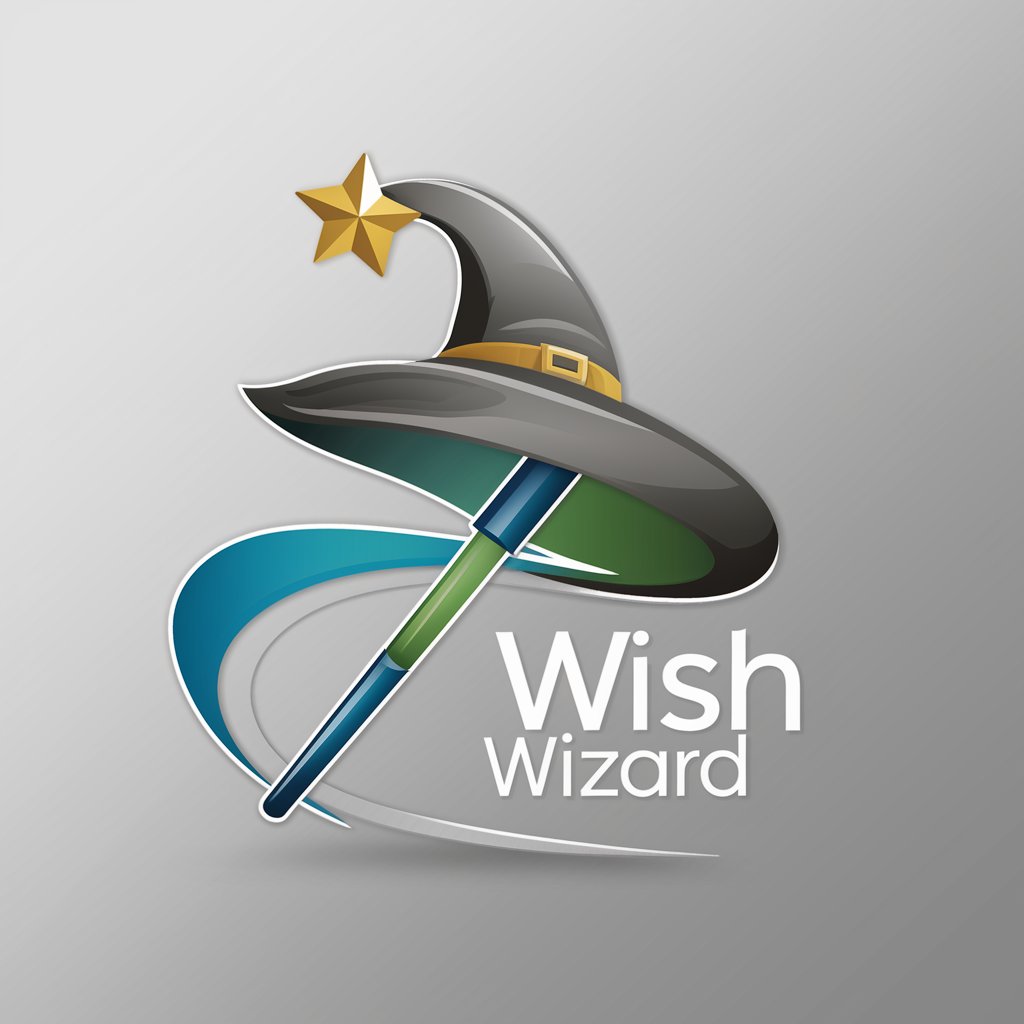
How to Practice Before the IRS
Navigate IRS Practice with AI
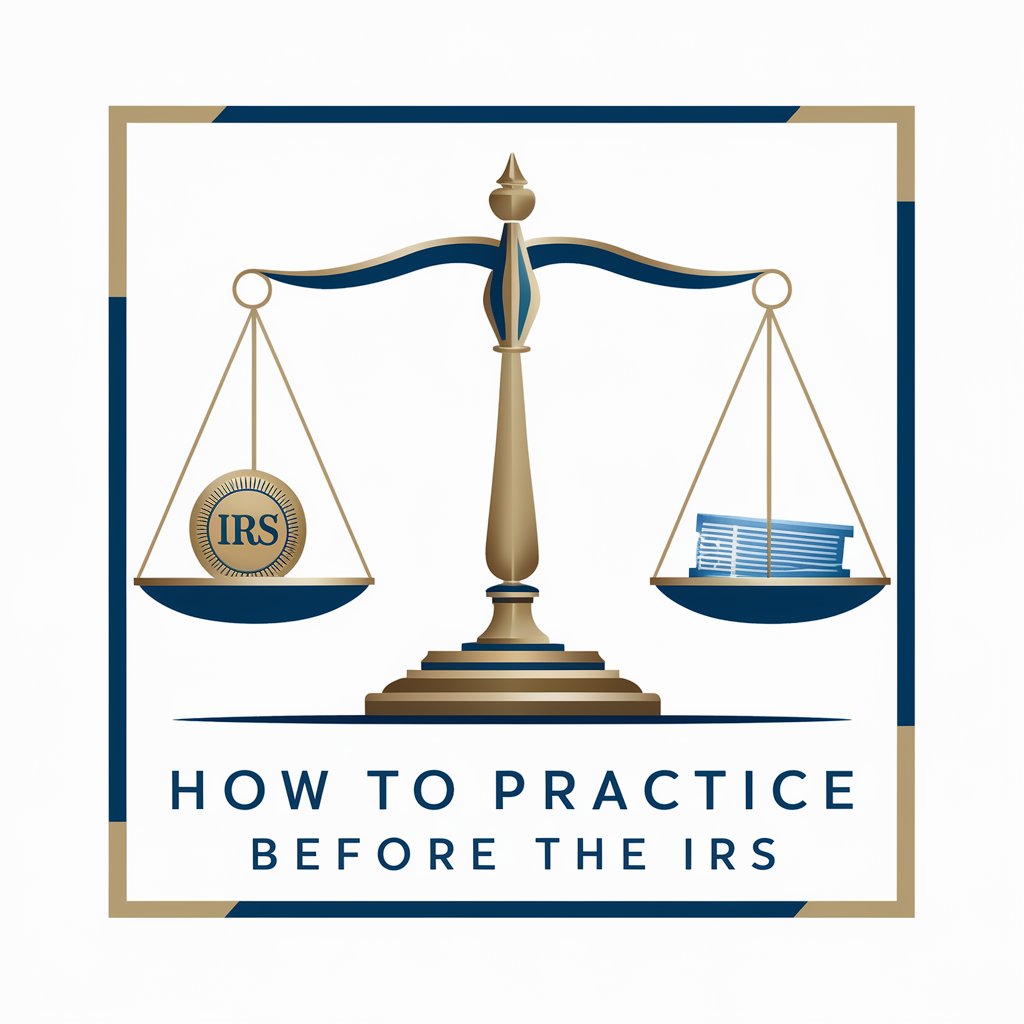
Basic Instructions Before Leaving Earth
Explore Scriptural Wisdom with AI

Before the Year 2000
Dive into history with AI-powered insights
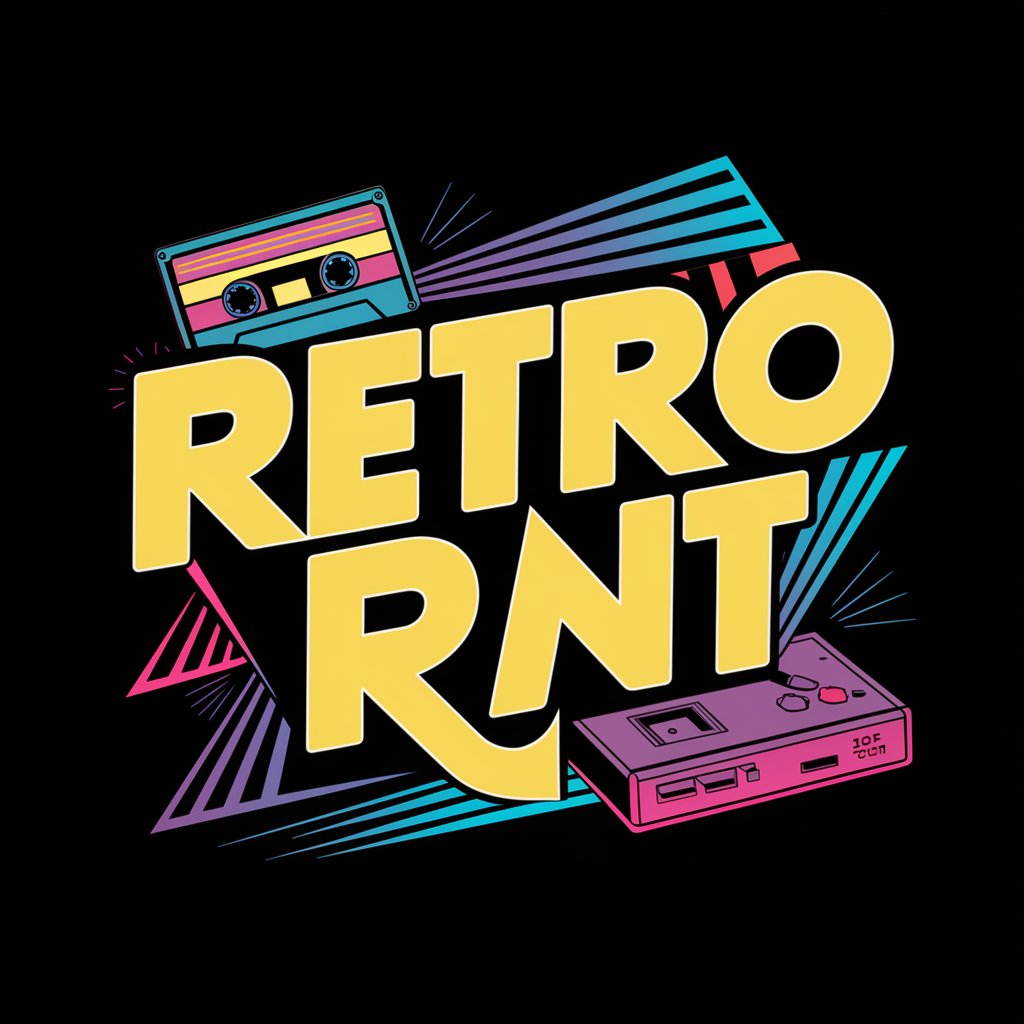
Phone Assistant
Enhancing Phone Experience with AI
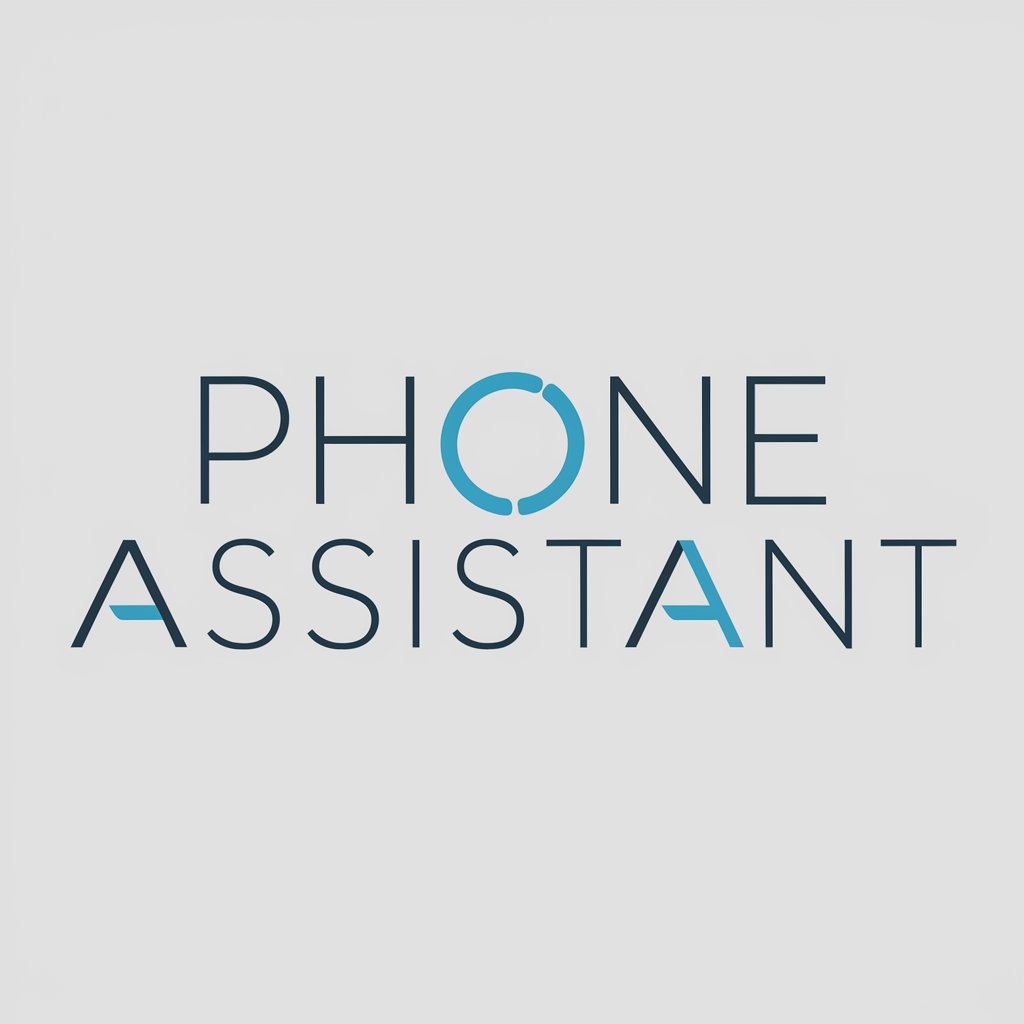
Phone Timeline
AI-powered smartphone insights
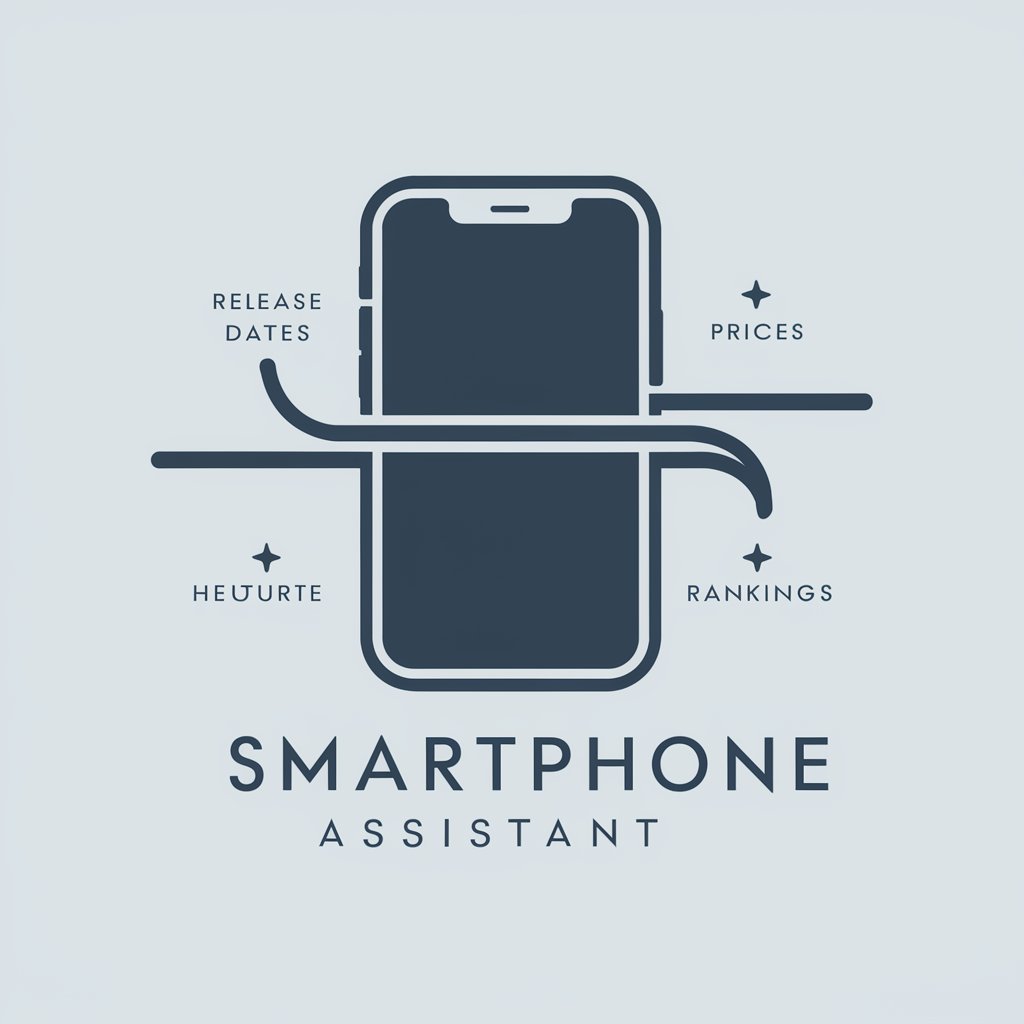
Desk Stretch
Stretch Smarter with AI Guidance
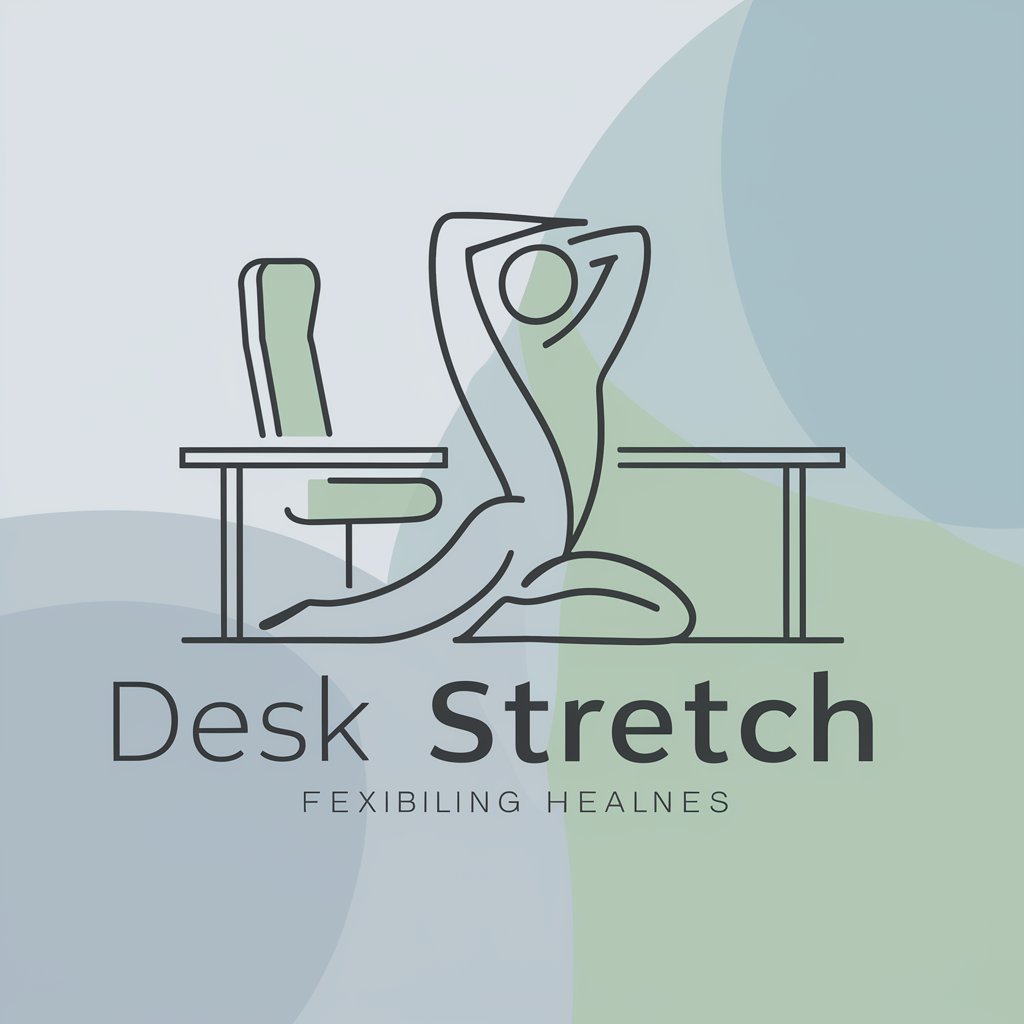
Detailed Q&A on Everything You Need to Know Before Teaching
How can I integrate technology into my classroom using this tool?
This tool provides guidance on various technological integrations like using digital platforms for assignments, interactive learning apps, and virtual reality for immersive learning experiences. It offers specific app recommendations and usage tips tailored to your subject and student age group.
What are some effective strategies for classroom management?
The tool suggests strategies such as establishing clear rules, using positive reinforcement, creating a supportive classroom environment, and implementing structured routines. It also offers advice on handling challenging behaviors and promoting student accountability.
Can this tool help with designing assessments?
Yes, it provides advice on designing various forms of assessments, including formative and summative evaluations, project-based learning assessments, and digital quizzes. It also offers tips on aligning assessments with learning objectives and ensuring they are fair and inclusive.
How can I ensure my teaching is inclusive using this tool?
This tool guides you on incorporating inclusive teaching practices, such as differentiated instruction, culturally responsive teaching, and accessibility adjustments for students with disabilities. It helps identify potential biases in teaching materials and suggests alternatives.
What professional development resources does this tool offer?
The tool provides information on current educational trends, workshops, webinars, and courses that can enhance your teaching skills. It also links to resources for deeper learning in specific educational theories and practices.
